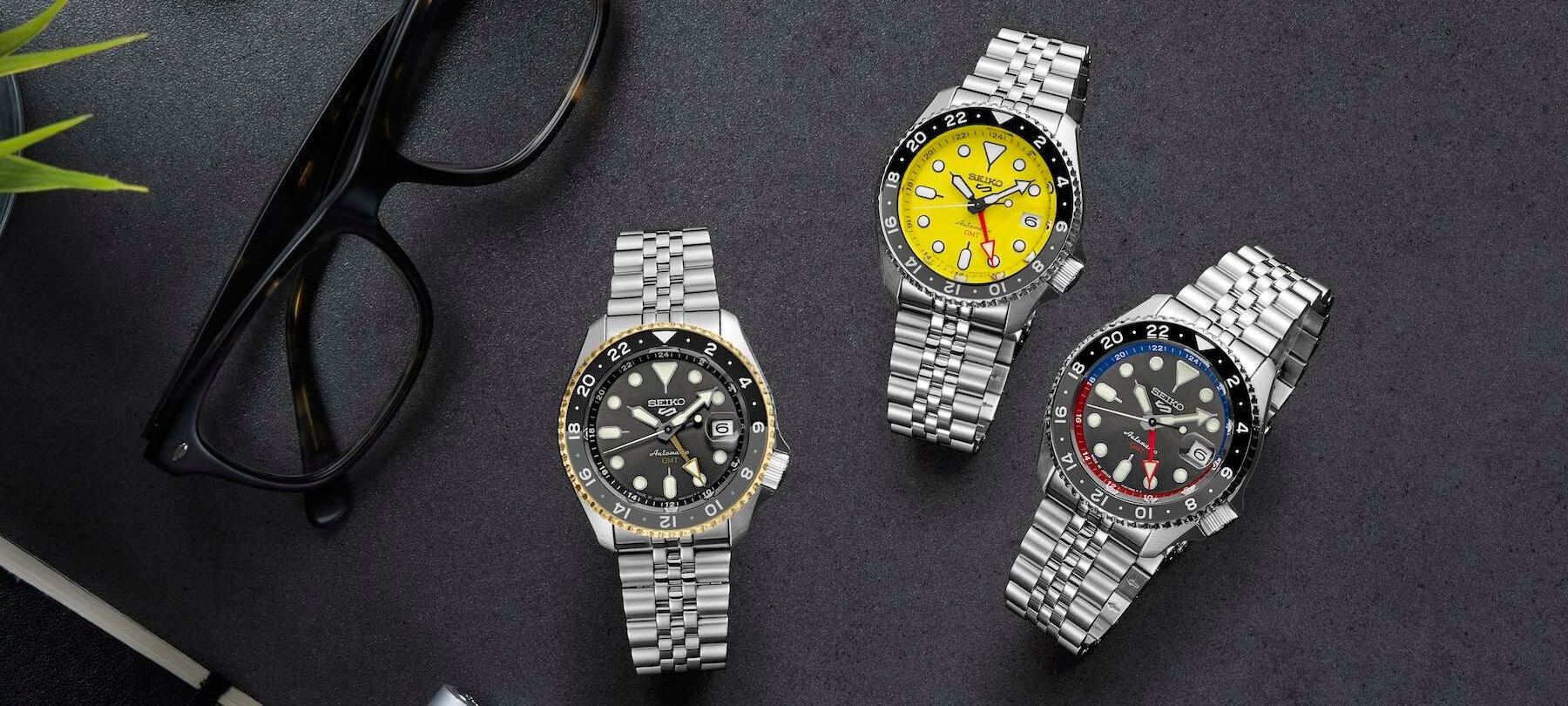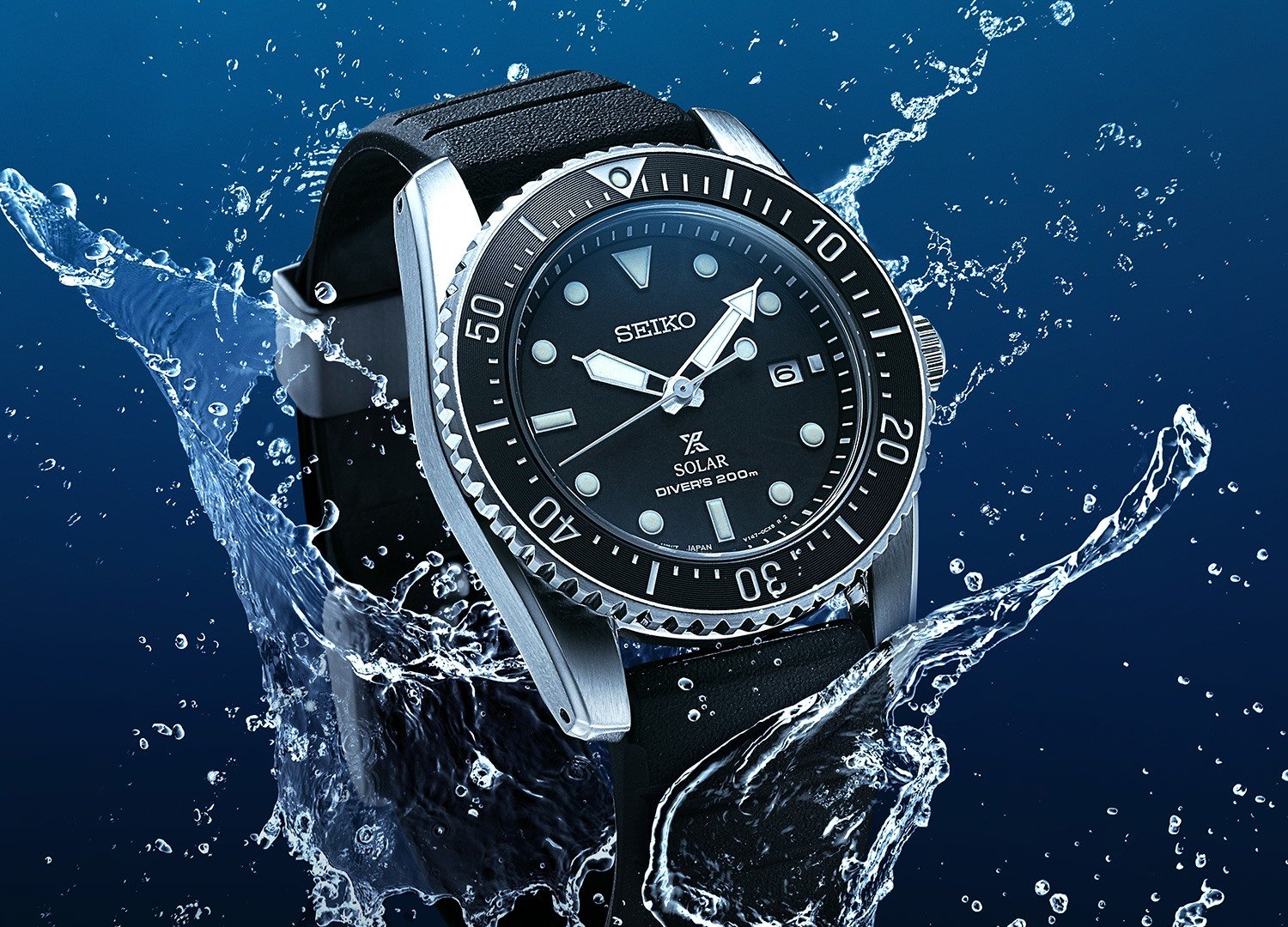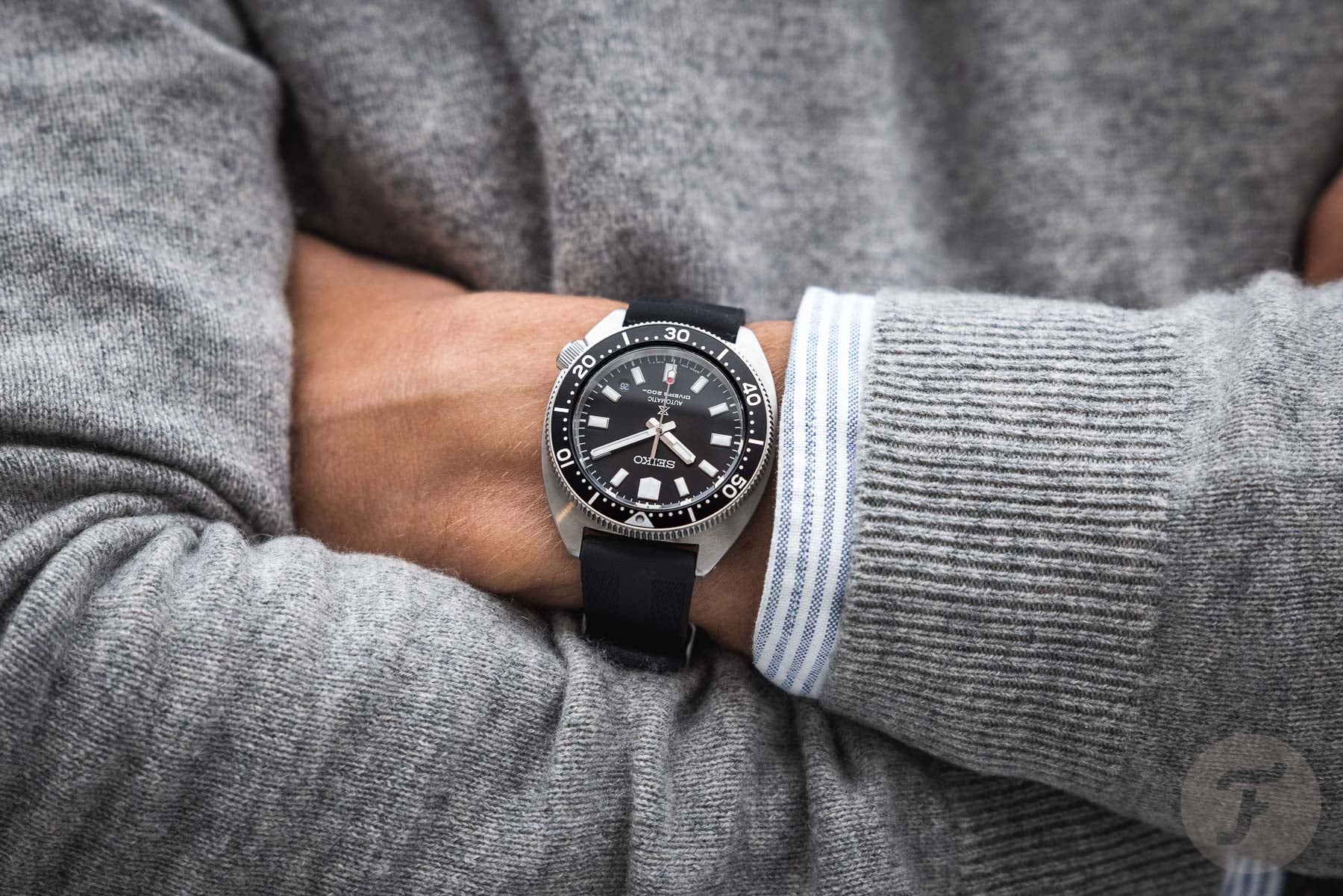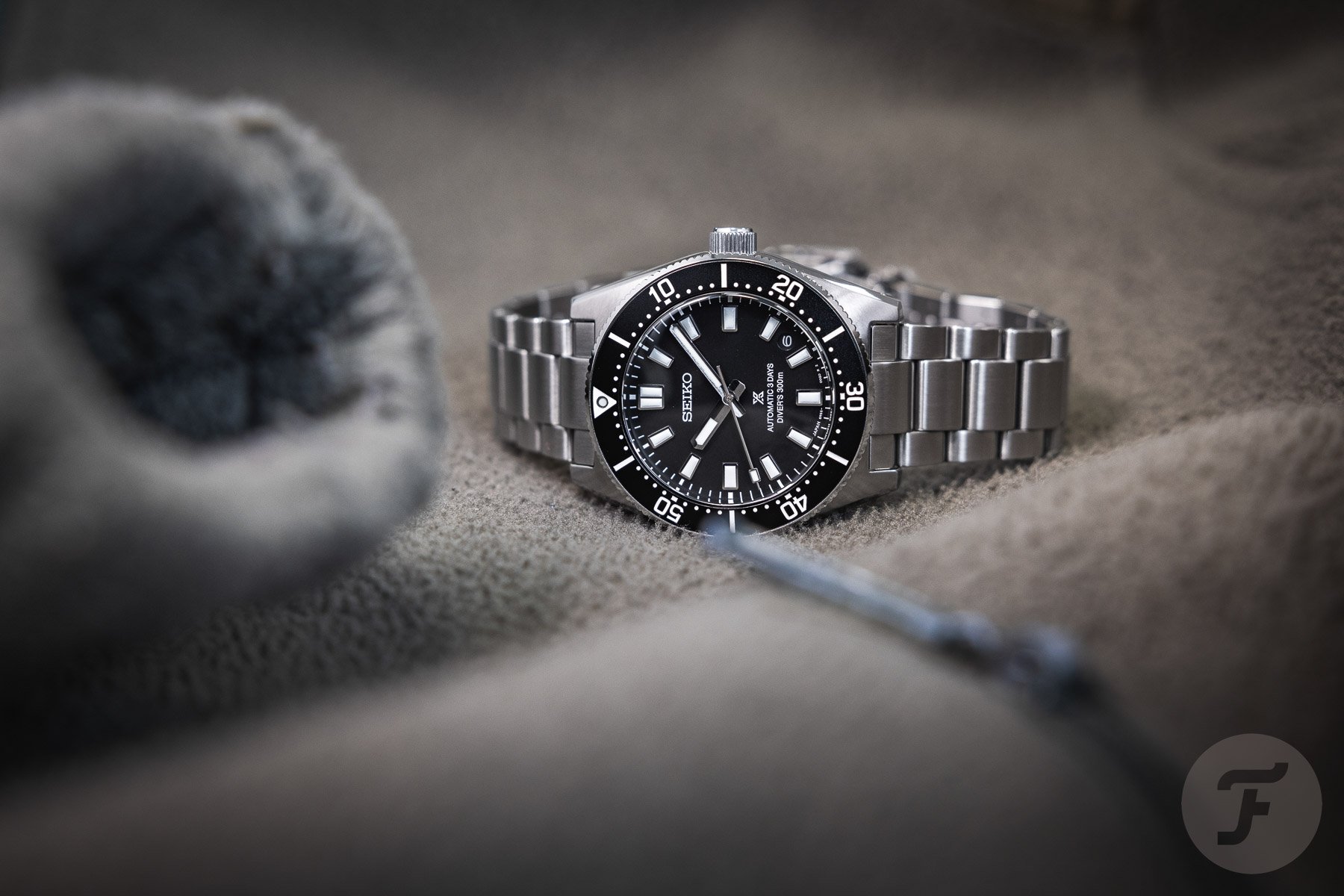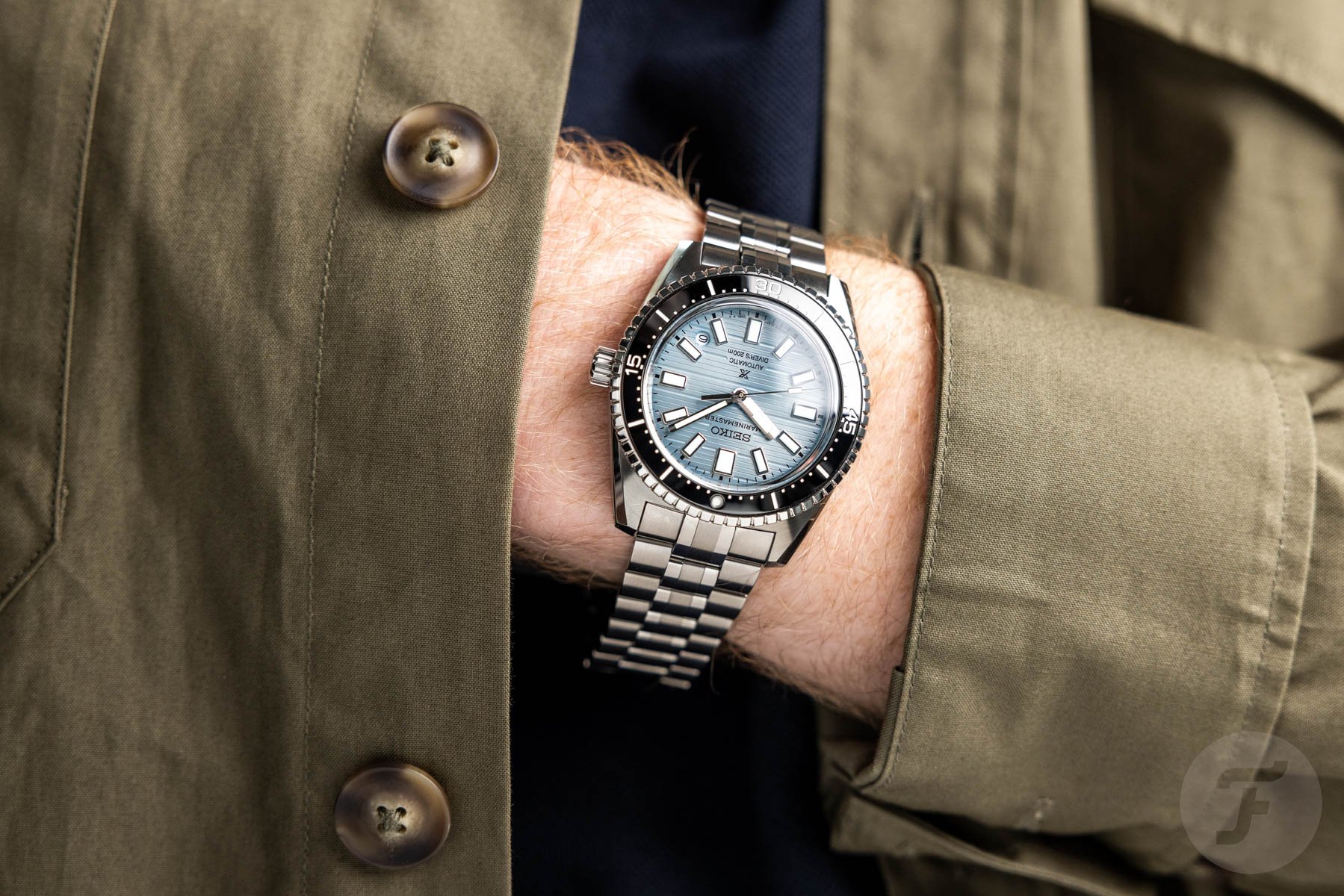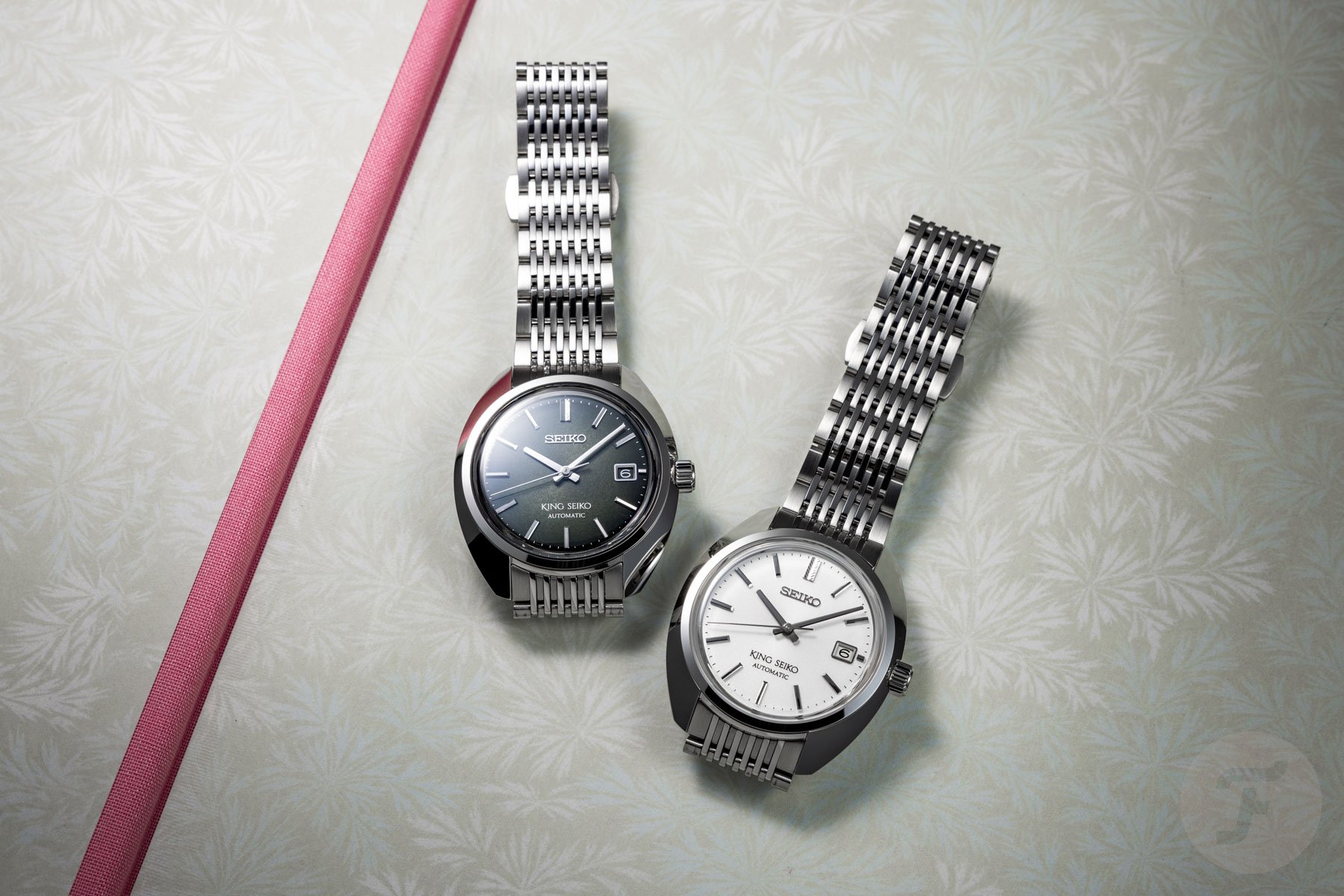Weekend Contemplation: Is Seiko Slowly Losing Its Value-For-Money Image?
This week, I wrote the introduction article for the new additions to Seiko’s Marinemaster collection. To prepare myself, I read through the comments below Thomas’s article on the initial release of the updated Marinemaster last November. The number of comments below that article was quite surprising in itself. We certainly don’t get nearly 80 comments on a release article that often. But what struck me the most was the overarching theme: people thought the €3,400 price was way too high. Is Seiko slowly losing its value-for-money image?
I’m not saying I agree or disagree with the point of view in those comments. I merely think it’s surprising to hear something like that said about a Seiko watch. For decades, the brand has been famous for offering significant value for money. Crucially, that image is why Seiko is popular with so many enthusiasts. But looking at the reactions to some of the more recent releases, it seems like there’s a mismatch between the perceived value and the asking price. Let’s take a closer look at where it goes wrong.
The king of entry-level watches
I think we can all agree that Seiko is still a formidable player in the entry-level watch game. The current Seiko 5 range is indeed a little pricier than the good old SKX series used to be. But for around €500, Seiko still offers good value for your money. Look, for example, at the SSK GMT series, which was introduced in 2022. Those are some great old-school Seiko 5 models in the spirit of the SKX. They come in the signature Seiko diver(-style) case with the crown at 4 o’clock, and they also now feature an exhibition case back. My favorite is the SSK021, a two-tone version that came out as a US exclusive last year.
Another favorite of mine is the Seiko SNE573, which is a solar-powered diver. It has a 38.5mm case diameter, making it a perfect wear-it-and-forget-it summer watch. It also has a sapphire crystal, so you won’t have to baby it. At €510, I don’t see how you could go wrong with this one. It could even serve as your grab-and-go timepiece whenever you don’t feel like winding and setting one of your mechanical watches. This one will be running anyway due to its reliable solar-powered quartz movement.
Still going strong
We then get to the next price segment from, let’s say, €1,000 to €2,000. Seiko has caught some flak here regarding its Prospex divers and their higher prices. However, I must say that I still think my SPB317, at exactly €1,000, offers plenty of value for money. Its design is inspired by one of Seiko’s divers from 1968, the 6105-8000. It features the brand’s mid-range 6R35 automatic caliber with 70 hours of power reserve. What I love about the watch is the smooth and simultaneously clicky bezel action. But the best feature has to be its slim profile, which makes it wear very nicely on my 17cm wrist.
Another great offering right in the middle of this price segment is the more recent SPB453, which comes in at €1,400. This can be seen as the more ergonomic successor of the SPB143. That model was a hit because of its great looks, but it was slightly bulky on the wrist. That was exactly why I sold mine. What I truly appreciate about this new version is that Seiko maintained most of the design while substantially improving its wearability. Honestly, I think you get a solid watch for this price. The lack of on-the-fly micro-adjustment and a quick-release bracelet is acceptable at this price point.
Hard to defend
However, as we move up another segment, it becomes harder and harder to defend Seiko’s idea of value for money. That’s mainly because the jump in price is significant, and the added features don’t seem to match that premium. Just browse through Seiko’s current offerings on its website. There, you’ll find a lot of watches between a few hundred and €2,000. Then, the €2,000–3,000 range is mainly occupied by Astron watches. So, if you want a higher-end King Seiko or Prospex watch, you’ll have to spend between €3,200 and €3,400 to get one. That jump in price is quite significant, but if it meant that you’d get a significantly better watch, then it wouldn’t be a problem.
Unfortunately, it doesn’t seem like Seiko’s famous value for money is there, or at least our audience doesn’t think so. Just take a look at a few of this week’s releases. Besides upgrading the movements in the SJE watches to a Slimline 6L35 caliber, not much else has changed. Its accuracy of +15/-10 seconds per day is slightly better than the 6R35’s range of +25/-15 seconds per day. But still, it’s nowhere near the chronometer standards offered by the similarly priced Tudor Ranger or Longines Legend Diver, for example.
In addition, the finishing seems quite similar to that of the watches in the segment below. Also, the bracelet doesn’t feature on-the-fly micro-adjustment or quick-release mechanisms. So why is the price double that of the watches in the mid-tier segment?
Final thoughts
I understand why this upper segment of watches above €3,000 is very interesting for Seiko. It’s the last resort before people take a look at Grand Seiko. Before, there wasn’t much between Seiko’s €1,500 segment and Grand Seiko’s entry-level offerings at roughly €4,000. When there were any “regular Seiko” models over €3,000, they usually had Spring Drive movements. Alas, those days are over. I do think Seiko should offer more value for money to justify such a jump in price. It could be that the value for money is there but that we’re simply not seeing it. In that case, Seiko should improve its messaging. However, I feel it’s more of a mismatch between the lack of features and the higher price.
What do you think? How’s Seiko doing in general, and what do you think of the watches in this higher segment? Let me know in the comments below.

